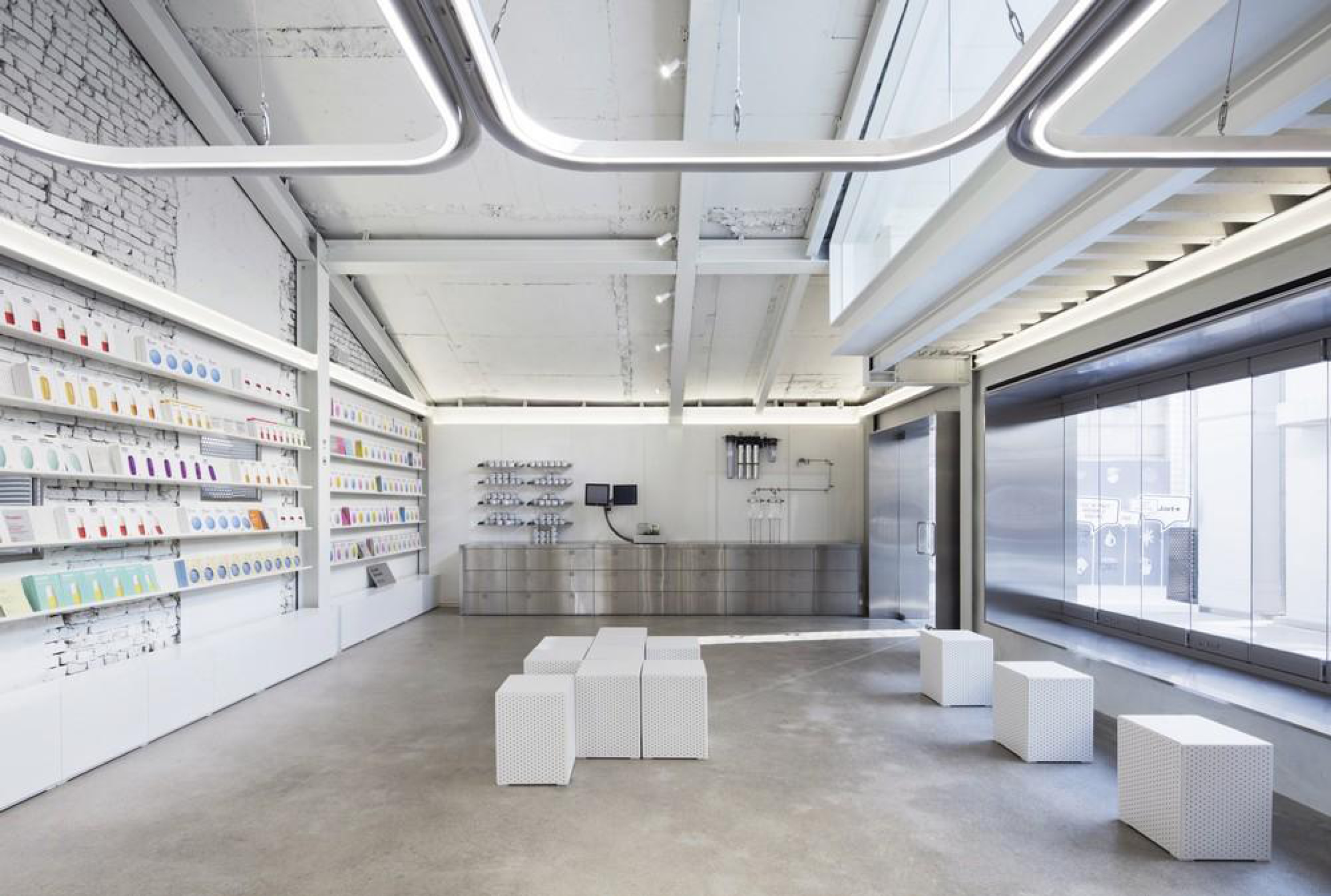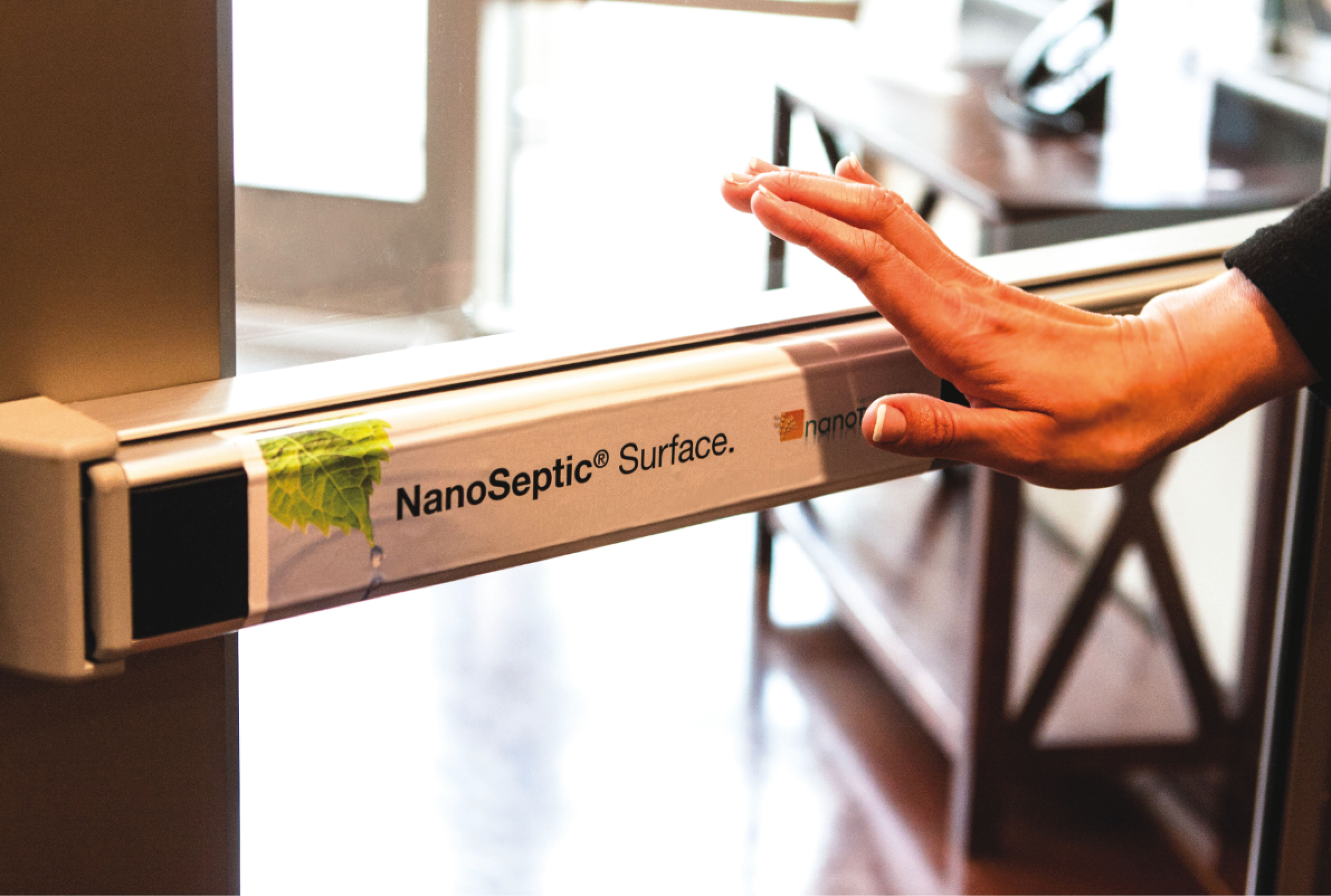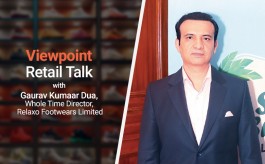‘Design is an investment, not an expense’
By N Jayalakshmi | July 07, 2020
Ian Johnston, Founder & Creative Director at Quinine, in an exclusive interaction with Retail4Growth, talks about bridging the value gap in a redefined retail environment, and the role of store design and technology in enabling this. Quinine is a world-leading retail experience consultancy known for a research-driven user-centric design approach that involves designing retail strategies, physical environments and face-to-face experiences.
 You have written at length about bridging the value gap. Can you elaborate more on that in the context of retail and store design?
You have written at length about bridging the value gap. Can you elaborate more on that in the context of retail and store design?
Value, and a customer’s perception of it, is one of the keys to securing a customer’s loyalty and their purchasing powers. If a customer visits a store, let’s say a dry cleaner, his or her perception is most likely focused around a utilitarian experience. But if a customer is given a chance to take a learning session for example, on how to clean stains or how to iron clothes or care for clothes properly, it would increase his perception of the value he gets from the dry cleaner. If you can demonstrate that this extra value comes at a very little increase in price, or nothing at all, then you have maximised the value gap.

This also means having a more user-centric store design, right?
Yes, the store can demonstrate the kind of experience it offers by the way it is designed. For example, if you remove the traditional counter (barrier) at the front of a dry cleaner and make the main interaction point a large table in the centre of the space (referencing a community or kitchen table) then the customer knows that there is something more than a traditional dry cleaner to be explored here.
How easy or difficult is it to persuade clients or retail brands on the need to adopt a more user-centric store design approach?
Design is an investment, not an expense! You are often taking clients out of their comfort zone of what they know. Some clients just get it, others need more proof, such as statistics or even better prototypes of furniture or stores, so that they can see an idea translated into the physical form right in front of them. VR design tools have helped massively to help senior leaders understand the value of design-led projects and the impact of any changes along the way. It is also essential to discuss project goals, challenges and issues with a variety of teams/stakeholders from all departments across the entire business to develop the design concept from different perspectives.
Isn’t there also a greater need for store designers to integrate technology into their design approach? Any tips you can share here, especially in terms of balancing it with the client budgets?
For ALL retailers, especially larger retailers, it will be essential to offer customers seamless customer journeys, and instore and technology is behind this. But much of the new technology will not necessarily be visible in-store but will be around creating a seamless experience through apps and interfaces. Integrated technology should also include the collection of various types of data in-store and this will be important in delivering enhanced/improved customer experiences in the future. Technology is about an infrastructure to run the business, a huge investment into the future of how a business is run. Those retailers who fail to do this will eventually die.
Retailers will have to consider new technology that makes customers feel comfortable and safe in their stores as well as having the functional capabilities of previous technology. BYOT or ‘Bring your own tech’ into store will also be a big part of new store experiences. The power of apps/interfaces on customers’ mobile phones will see lot of tech investment. And of course, portable and no-touch sales desks and cashless stores will also prevail.
Read the complete interview in the July 2020 edition of VM&RD magazine.









Comments